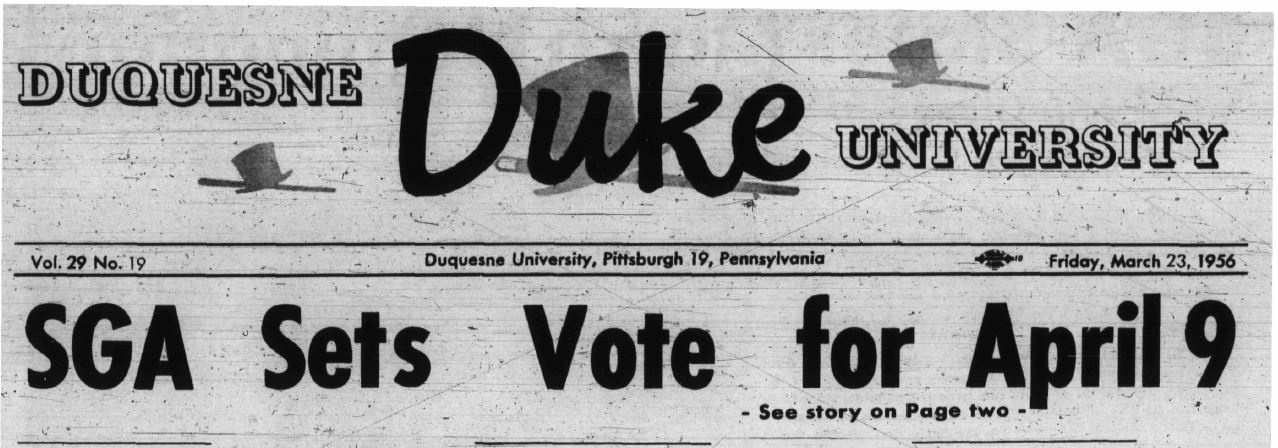
Kellen Stepler | Staff Writer
12/06/2018
Rivers and streams supply our drinking water, irrigate crops, provide recreational activities and house fish and other aquatic species. As a result, Duquesne students want to take care of their natural resources.
So, the university’s stream field biology students researched streams and rivers in the area and presented their findings on these water projects taking place in the community. The 15 students presented a poster session on the second floor of Mellon Hall.
Some projects consisted of water chemistry studies at Girty’s Run and Pine Creek, fish surveys on Nine Mile Run, Pine Creek, Montour Run and Little Sewickley Creek, and macroinvertebrate surveys on Raccoon Creek and the Ohio River.
Brady Porter, professor of biological sciences and director of undergraduate studies for the Bayer School of Natural and Environmental Sciences, notes the relationship between the students and community partners.
“This allows the student to learn with a practical example of what they are learning in the classroom, field trips and lab activities. The community partner benefits from things like surveys of water chemistry, or biological sampling of fishes or macroinvertebrates that are indicators of water quality,” Porter said.
Porter started the projects in 2007, when he began co-teaching the course.
Duquesne student Josie Harsh researched about the macroinvertebrate communities in Raccoon Creek. Harsh wanted to assess the water quality of the creek, and found it was polluted due to its close proximity to the road. She found that macroinvertebrates were most affected by this pollution.
Kevin Quevedo, a graduate student majoring in environmental sciences, assessed bank stabilizers in Pine Creek.
Quevedo said that this project was important to him because it helps create a bridge between science and the community. It gets people involved in science, rather than shy away from it.
His favorite part in the project was going out and embracing the nature by Pine Creek.
Macie Chess, a senior biology major who plans to get her master’s degree in environmental science and management, evaluated dragonfly identifications as a supplement to assessments of the biotic integrity of the Ohio River from samples gathered by trawling, or dragging, a fish net along the river’s bottom sediment.
According to Chess, water quality in the Ohio River was relatively good, but could be better. She hopes that there are efforts in the future to improve them.
She was interested in this project because she likes dragonflies, and it was her first time identifying insects.
Outside of the scientific findings, there is an additional reward that Porter has found during these projects.
“These projects help students understand the relevance of what is being taught in the course, and [students] are introduced to community partners that can become an important network for internships or jobs in the future,” Porter said.




